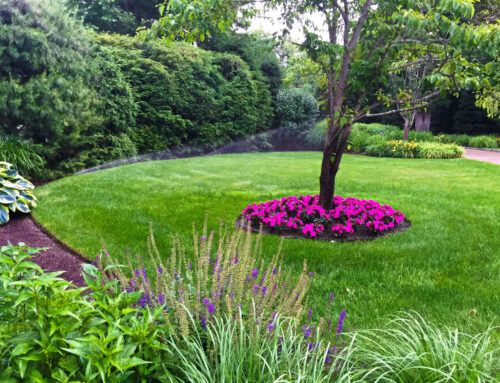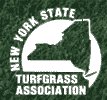Problems with deer top the list of New York and Connecticut homeowners’ gripes with their landscapes these days.
If your landscape has become a tasty buffet for deer, then it’s time to re-evaluate what’s growing and consider varieties that are less palatable. There’s no such thing as a true, deer-proof plant—if Bambi & Co. are hungry enough, they’ll nosh on just about anything growing in your yard. But, there are annuals, perennials, and groundcovers that are less likely to become deer food.
If you’ve tried everything to repel deer — commercial repellents, homemade mixtures, bars of soap left in beds — and you’re still fighting grazers, there’s hope in plant form. Here are five of our favorite deer-resistant plant varieties perfect for New York or Connecticut landscapes.
CleomeDeer-Resistant Variety #1: Cleome
This annual is also called “spider flower” and adds height to the garden. These cluster flowers are easy to care for and prefer full sun. They’ll bloom from early summer until frost.
A bonus: They attract butterflies and hummingbirds, which bring a live show in the garden.
DahliaDeer-Resistant Variety #2: Dahlia
This daisy-like annual blooms in bright colors as a single head atop a stem, making it a favorite cut flower.
Dahlias bloom in mid-summer, and while they are relatively low-maintenance, they do require regular watering and lots of sunlight.
Sage
Deer-Resistant Variety #3: Sage
This perennial herb is a fast grower and with beautiful blooms in mauve, rose-purple or white, along with a flavor that deer detest. Well-established sage is drought-resistant, though regular watering is necessary to encourage foliage growth during hot, summer days.
Sage requires at least a partially sunny area, blooms in spring and early summer, and thrives in containers, beds, and borders.
Black-Eyed SusanDeer-Resistant Variety #4: Black-Eyed Susan
This tough native perennial blooms from mid-summer to fall, adding a burst of sunshine to beds. They require part sun and grow 2 to 10 inches tall, depending on the variety.
Black-eyed Susans are easy to grow, attract birds and butterflies—and are not interesting to deer. Plus, their foliage provides winter interest.
CoreopsisDeer-Resistant Variety #5: Coreopsis
The daisy-like flowers of coreopsis bloom in a range of yellows, pinks or both (bi-color), and thrive in containers, beds, borders or as the groundcover. They’re persistent bloomers, beginning from mid-summer until you deadhead them. These perennials spread 1 to 3 feet wide, bringing a sunny pop of color to the landscape.
Protect Your Landscape Beautifully
Your landscape is an investment in time and money—and there’s nothing more frustrating than watching the fruits of your labor get munched on by deer. Neave landscape professionals can guide you toward plant selections that are hardy, attractive and unsavory to deer.
There are other simple measures your landscape contractor can help you with to minimize deer exposure, such as netting young shrubs and seedlings, protecting tree trunks with tubing and installing deer fences.
Contact the design professionals at Neave Landscape to start the conversation about your next landscape design and installation project. If you’re in the Hudson Valley, call (845) 463-0592. If you’re in Westchester County, call (914) 271-7996; from Connecticut, dial (203) 212-4800. Or, fill out our simple web form to have us contact you for a complimentary landscape consultation.
Image credits: Cleome, Dahlia, Sage, Black-Eyed Susan, Coreopsis
























